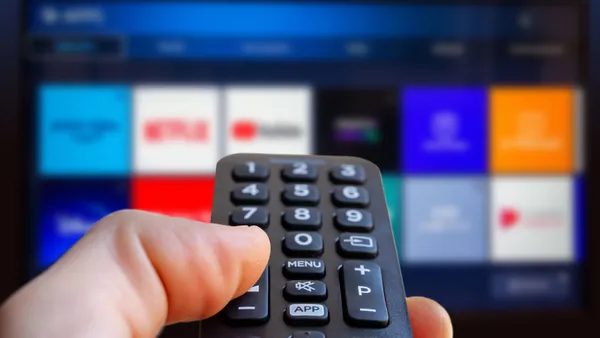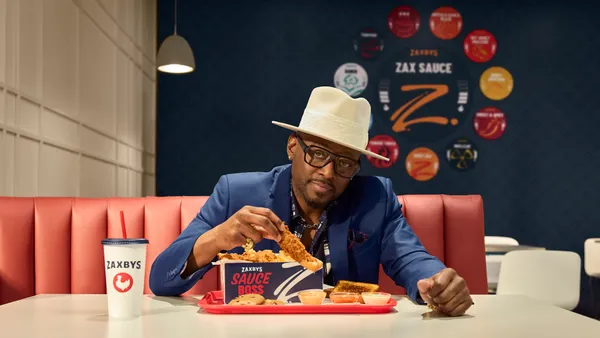The future of marketing is going to be driven by multicultural and diverse audiences. Yet most companies aren’t prepared to engage in an authentic and effective way—preferring the general market tactics that worked in the past, or limiting their outreach to affinity months. It’s a missed opportunity, one that is sure to limit future growth.
As the United States becomes more diverse by the day, multicultural audiences are driving our economic, political and social future. Over the past five years, the growth of both the population and buying power of Hispanic, Black and AANHPI communities have surpassed that of non-diverse communities. Diverse voters are likely to decide the 2024 election in critical swing states. Mainstream culture is being shaped by the music, fashion and language originating in diverse communities.
In response to these trends—and particularly in the years since the murder of George Floyd—we’ve seen brands make a concerted effort to support diversity, equity and inclusion (DE&I) as part of their overall strategy. This has extended from hiring practices and sourcing to advertising casting and placements. It’s a step in the right direction—but we still haven’t seen significant movement on what brands initially committed to doing—meaningfully centering the voices and experiences of diverse communities.
No company can afford to treat marketing to diverse communities as a “check the box” exercise. Going forward, every successful marketing strategy needs to be more than diverse – it needs to be diverse-first. A diverse-first marketing strategy acknowledges that what was once an American “melting pot” has turned into a cultural stew with unique ingredients, origins and flavors. Success can only be found by appreciating and speaking directly to these distinct elements.
Diverse-first marketing is intuitive in theory, but uncomfortable in practice. Many companies have been slow to adopt this approach because it feels risky. They can get so wrapped up in the idea that they might get things wrong that they miss the chance to get it right.
How should companies think about overcoming this hurdle? I believe it comes down to a change in mindset. Put simply, you must give up on the idea that you have to figure out everything yourself.
No singular voice or viewpoint can create diverse-first marketing. It’s like trying to see a large painting in a dark room using a single flashlight. You can shine your beam to illuminate part of it, and even move it around to get a little more context. But it’s only when other people join you and shine their flashlights on the painting that the full picture emerges.
This is especially important to me as a white male CEO leading a multicultural marketing firm. We’ve built a team where 85 percent of our people identify with a diverse community, and they bring the full breadth of their identities and lived experiences to our work. When we come together, we know there are going to be some moments of discomfort. But I think of it as positive discomfort—the friction that’s needed to light a spark.
This spark is what allows us to recognize when a creative brief has a stereotypical assumption baked into it, or when a research question isn’t capturing the nuance of an issue. It’s what allows us to pressure test ideas from every angle and push for more robust engagement strategies. No single one of us could do this work effectively alone. But together, we’re able to overcome that fear of getting something wrong and instead get busy creating content and strategies that resonate with every community we serve.
Diverse-first marketing isn’t easy—but it is essential. By assembling the right people—both on your team and within your ecosystem—it’s possible to build the organizational muscles of curiosity, humility and nuance. When that happens, diverse-first goes from being a strategy to second nature–and you will be rewarded with the kind of loyalty that will sustain your business for years to come.










